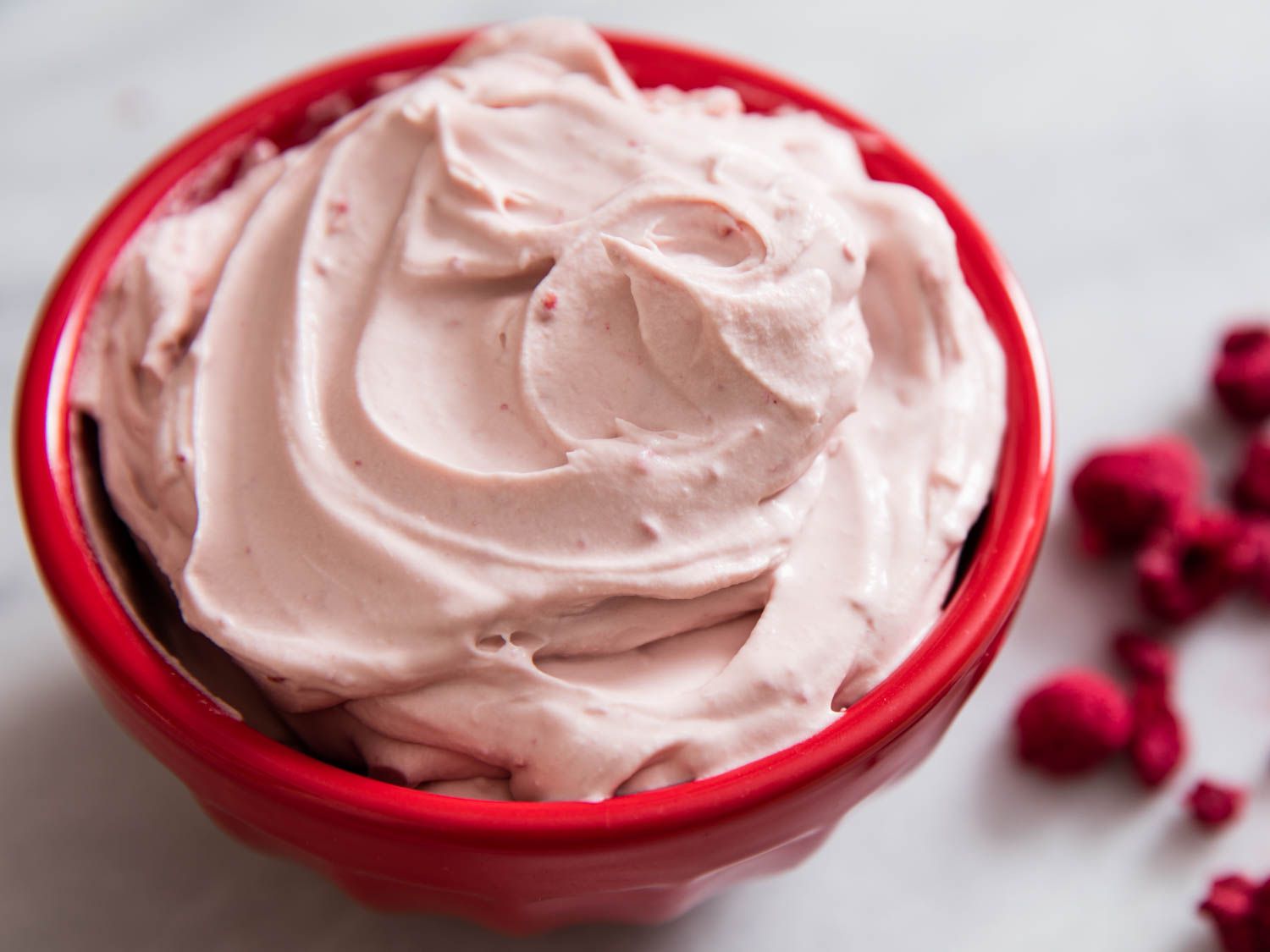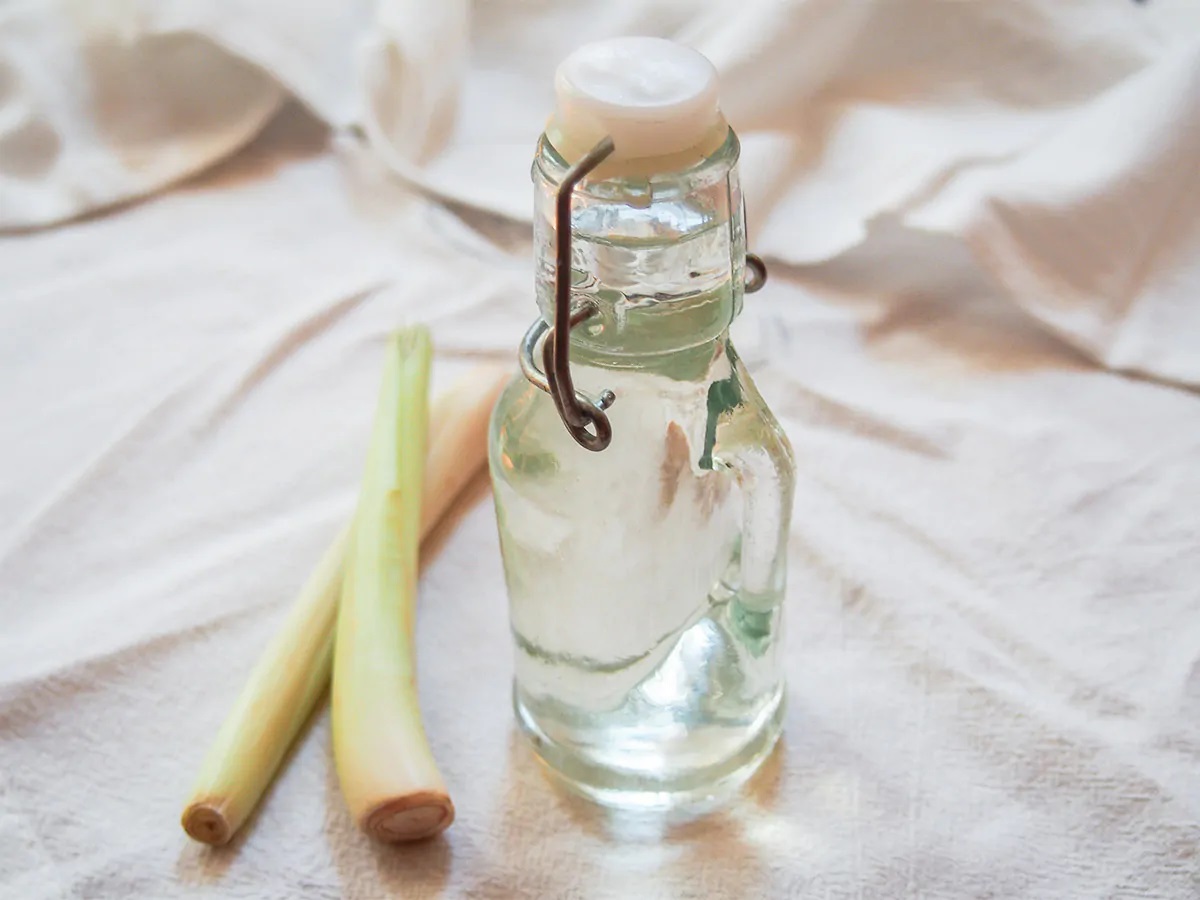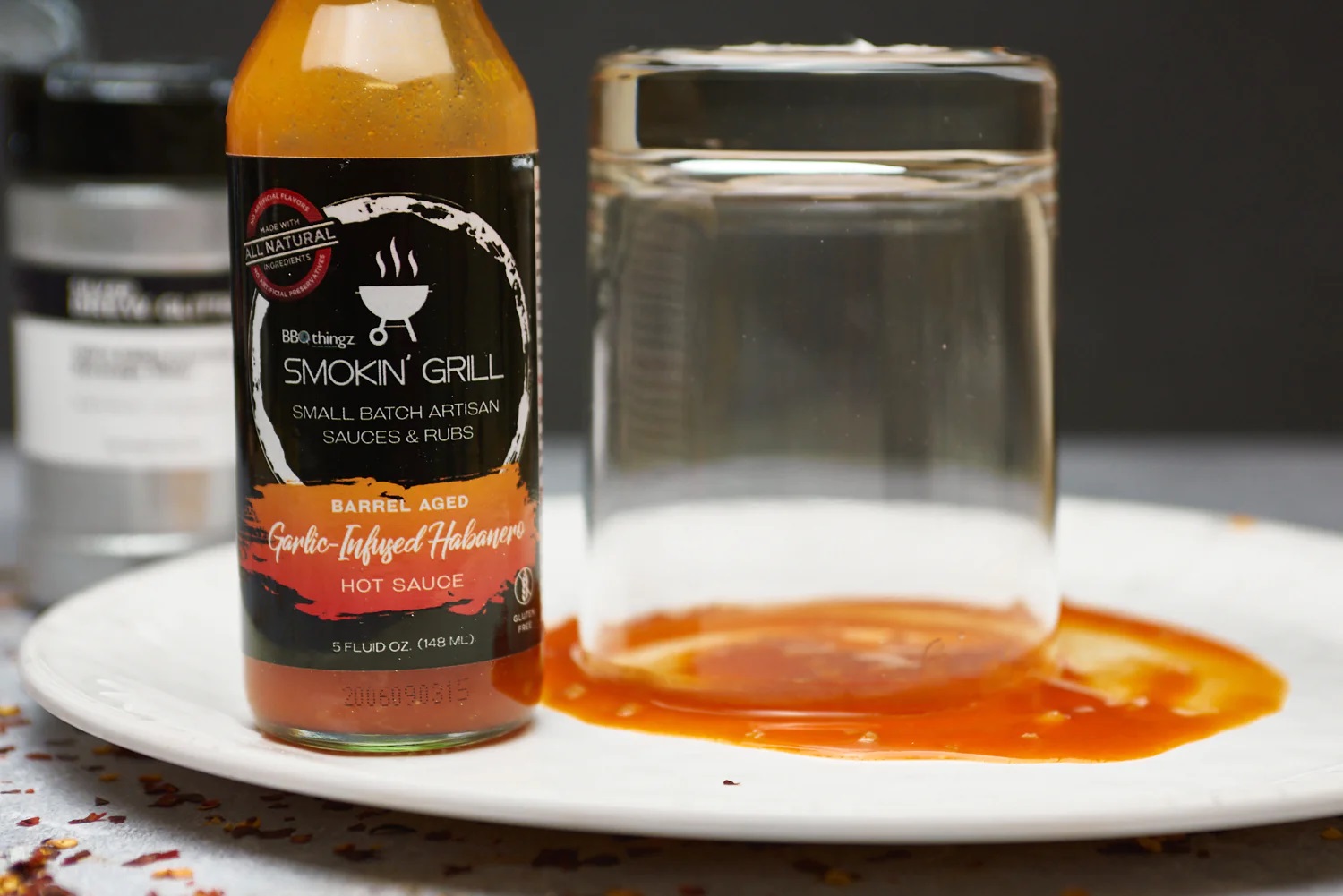Infusing Saffron in Oil: A Flavorful Culinary Technique
Infusing saffron in oil is a wonderful way to add depth and complexity to your dishes. Saffron, with its unique flavor and vibrant color, can elevate a simple dish to gourmet status. Whether you’re making a paella, risotto, or a fragrant rice pilaf, infusing saffron in oil can take your cooking to the next level.
What You’ll Need
Before you get started, gather the following ingredients and tools:
- A small saucepan
- High-quality saffron threads
- Good quality oil, such as olive oil or grapeseed oil
- A small airtight container for storing the infused oil
Step-by-Step Instructions
Follow these simple steps to infuse saffron in oil:
- Warm the oil: In a small saucepan, gently warm the oil over low heat. You don’t want it to get too hot, just warm enough to help release the flavors of the saffron.
- Add the saffron: Once the oil is warm, add the saffron threads to the pan. Use about a pinch of saffron for every 1/4 cup of oil. Allow the saffron to steep in the warm oil for at least 20 minutes. This will allow the oil to take on the flavor and color of the saffron.
- Store the infused oil: Once the oil has cooled, strain out the saffron threads and transfer the infused oil to a small airtight container. Store it in a cool, dark place until you’re ready to use it.
Using Infused Saffron Oil
Now that you have your infused saffron oil, you can use it in a variety of dishes. Here are a few ideas to get you started:
- Drizzle it over grilled vegetables for a burst of flavor and color.
- Use it as a finishing oil for soups and stews.
- Whisk it into vinaigrettes for a unique and aromatic salad dressing.
- Use it to sauté seafood or chicken for a delicious and fragrant main course.
Final Thoughts
Infusing saffron in oil is a simple yet impactful technique that can elevate your cooking. By taking the time to infuse oil with saffron, you can add a layer of complexity and richness to your dishes that is sure to impress. Experiment with different oils and dishes to discover the endless possibilities of infused saffron oil in your cooking.
So, the next time you’re looking to add a touch of luxury to your meals, consider infusing saffron in oil for a truly unforgettable culinary experience.
More Delicious Recipes Featuring Saffron-Infused Oil
Now that you've mastered the art of infusing saffron in oil, it's time to put this exquisite ingredient to work in your kitchen. From main dishes to desserts, the versatility of saffron oil can elevate simple recipes into gourmet experiences. We recommend starting with the saffron infused seafood paella for a classic dish that truly showcases saffron's unique flavor. For those who prefer meat, the saffron oil marinated lamb chops offer a rich and aromatic dinner option. Lastly, don't miss out on the saffron infused chocolate truffles, a decadent treat that pairs the luxurious taste of saffron with rich chocolate, perfect for ending any meal on a high note.
Was this page helpful?
Read Next: How To Infuse More Flavor Into Chicken










